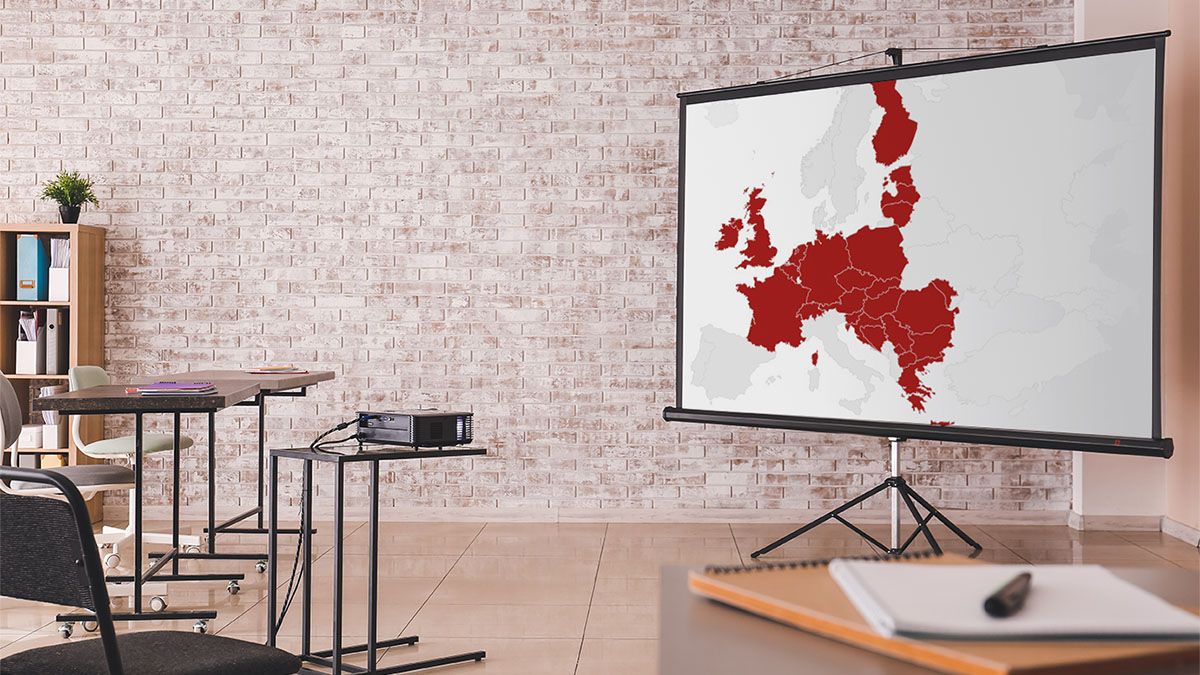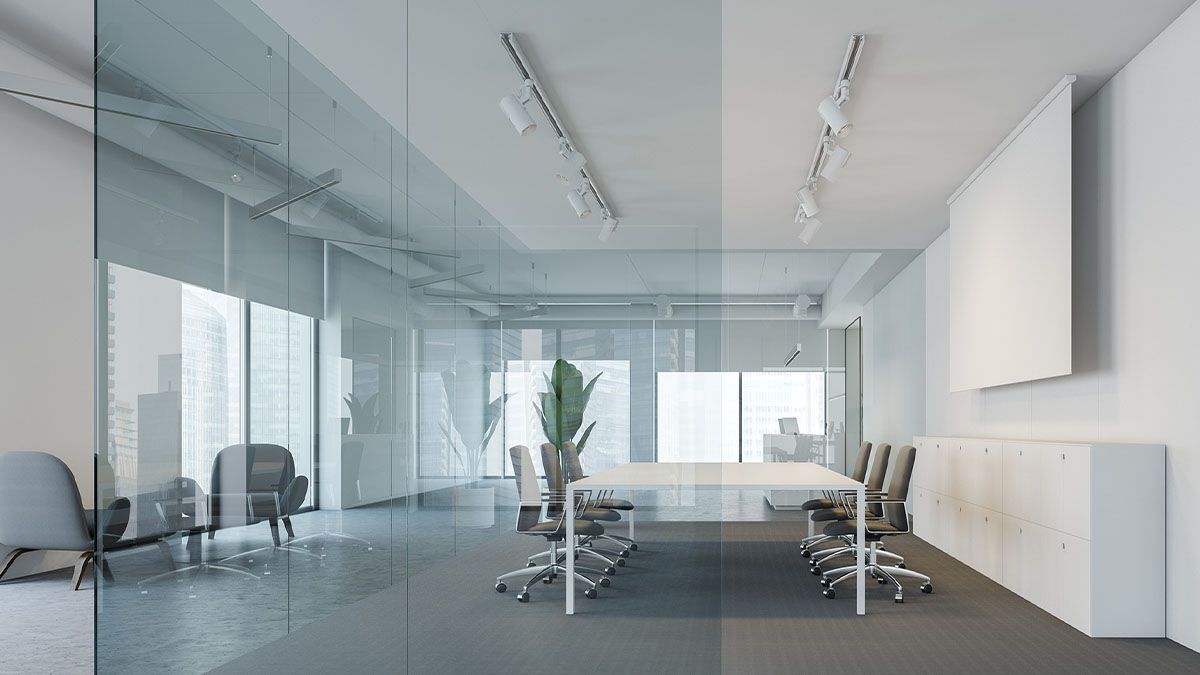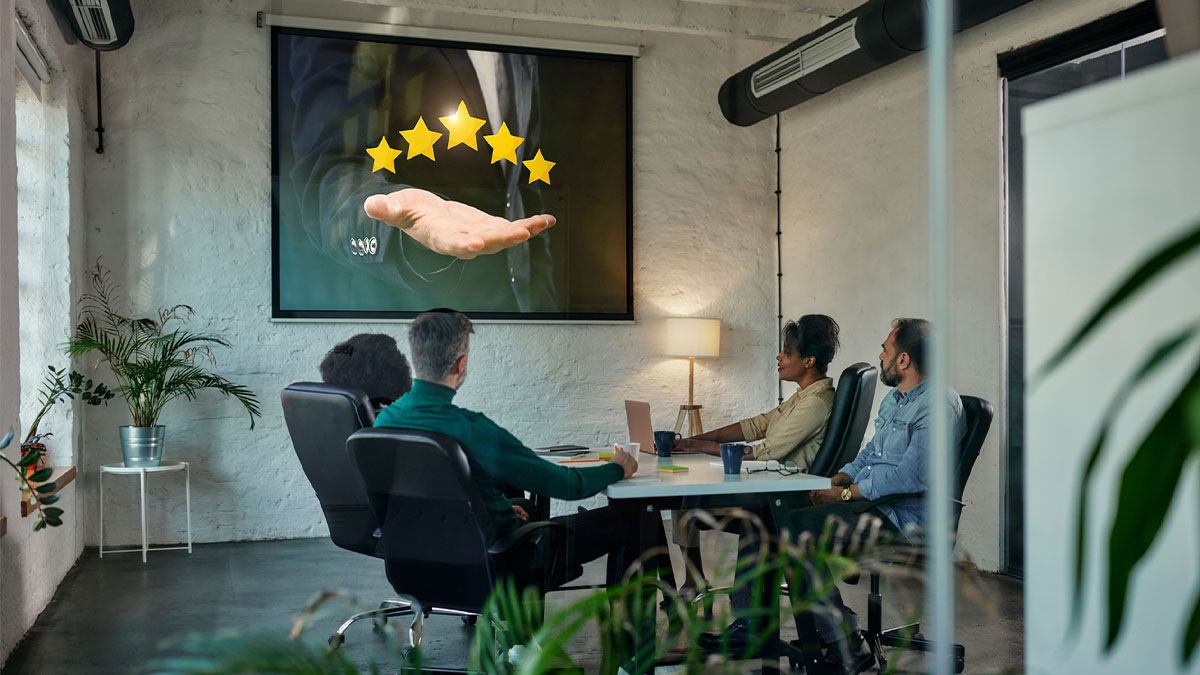
Projection screens
High-quality screens for clear and professional projection

Our website uses cookies to make it work properly and to improve user experience. We divide cookies into two categories:
Essential cookies: These cookies are essential to the proper functioning of our website and cannot be disabled on our systems. They are usually set only in response to your actions, such as privacy settings, logging in or filling out forms.
Optional cookies: These cookies help us understand how you use our site, improve it or provide personalized content and advertising. You can find information about the cookies used on our site in the Cookie Policy (this is the link).
By clicking “I agree”, you agree to the use of all cookies. If you want to customize your preferences, click “Go to Settings”.

Avtek projection screens are a combination of proven technology, functionality and aesthetics. Our products are designed to provide the highest image quality and user comfort. We offer screens in various sizes and configurations to meet the expectations of even the most demanding customers.


Avtek projection screens are a combination of proven technology, functionality and aesthetics. Our screens are designed to provide the best image quality and convenience of use. We offer screens in various sizes and configurations to meet the expectations of even the most demanding users.
Portable screens
Tripod Screens: Ideal for mobile use, easy to transport and quick to set up. Their versatility allows them to be used effectively both in conference rooms and outdoors.
Large-format screens: Great for large spaces such as conference rooms, auditoriums and home theaters. They guarantee high-resolution images with excellent contrast..
Ceiling and wall screens
Manual screens: Practical and easy to use, perfect for everyday use in offices, schools and homes. Can be mounted on the wall or ceiling for optimal use of space.
Electric screens: Comfort and modernity in one. Optional remote control, allows the screen to expand and retract easily and quickly. Ideal for professional presentations and home theaters.


High image quality: Our screens are made of materials that provide excellent color reproduction and contrast, making every image clear and realistic.
Ease of installation: Intuitive installation system makes our screens easy to install and use.
Durability and reliability: Solid workmanship and attention to detail guarantee the long life of our screens.
Aesthetic design: Elegant design makes our screens blend in perfectly with any interior.